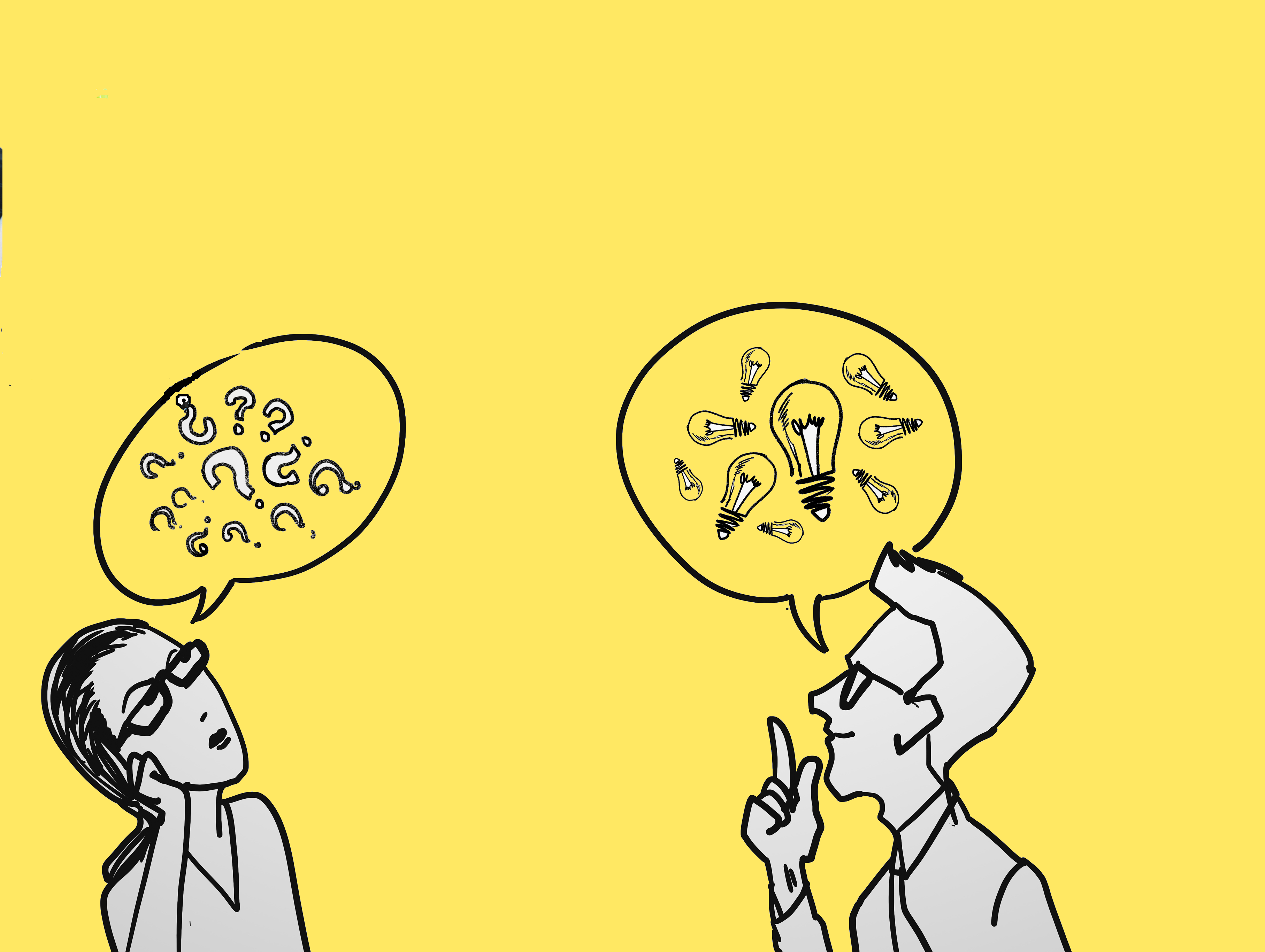Laurie's Blogs.
Sep 2020
Education Pre-Surgery

This blog topic is education in two ways. Firstly, educating your clients PRIOR to surgery about what to expect post operatively may have an impact on the function / outcome of the dogs post-operatively. Secondly, here is something that you can do or include on your website or other platform as a marketing tool for your clinic or rehab services. Let’s dive in! I was alerted to a paper from a human blog.
Louw, A., Rico, D., Langerwerf, L., Maiers, N., Diener, I. & Cox, T., 2020, ‘Preoperative pain neuroscience education for shoulder surgery: A case series’, South African Journal of Physiotherapy 76(1), a1417. https://doi.org/ 10.4102/sajp.v76i1.1417.
Here are some key takeaways:
- Patients received a 30-minute, one-on-one Pain Neuroscience Educations (PNE) session prior to surgery
- There was a significant reduction in fear-avoidance before surgery
- There was a significant improvement in active flexion before surgery
- Patients showed a significant increase in pressure-pain threshold on the shoulder having surgery
Conclusion: Preoperative PNE may be beneficial for a sub-group of patients undergoing shoulder surgery.
Yes, it’s human. No, we can’t educate our PATIENTS. But we can educate the owners! In my experience and way of thinking, THAT has a significant impact as well. Here’s what I’ve found when you educate owners about what to expect post-operatively.
1.The joint and limb will look swollen and may also be bruised. This is normal. When an owner knows what to expect, they are not as shocked. When they are not as shocked, they are more likely to do some of the things you will have instructed them to do pre-operatively on their post-operative pet!
2.When an owner is more comfortable and confident with managing their dog, the dog reads this as ‘I’m okay. My owner is not freaked out. I’m okay.’ Maybe I’m anthropomorphizing a bit, however we’ve all had cases where the owner is stressed and so the dog is stressed. When the owner is removed OR we reduce the owner’s stress, then the dog is less stressed. I think this can be the case IN HOME post-operatively as well.
3.Joint compressions, Range of Motion, Effleurage. These are the top three in my opinion for owners to be doing at home right away. What I’ve found over the years, is that when an owner starts doing these three things asap, their dogs are soooooo much better than other dogs that have not had these home therapies. It shows up most significantly at 2-weeks post op.
4.Pain management can go beyond the medication prescribed. The therapies above can help with pain management, and so can icing and even just short walks to ‘sniff’ in the back yard or in the front yard at typical ‘marking spots’. Sniffing reduces stress and can be a distraction. So why not use it right now? Teaching owners about their role in pain management (beyond giving the medications) is empowering. There are things they can do!
Here’s an old one I did for my clinic a number of years ago now!
https://www.youtube.com/watch?v=yz1w5nSpBMM
Time for an update! But in the meantime, it gives you an idea of what you can do to help your owner by providing a little pre-surgery education!


